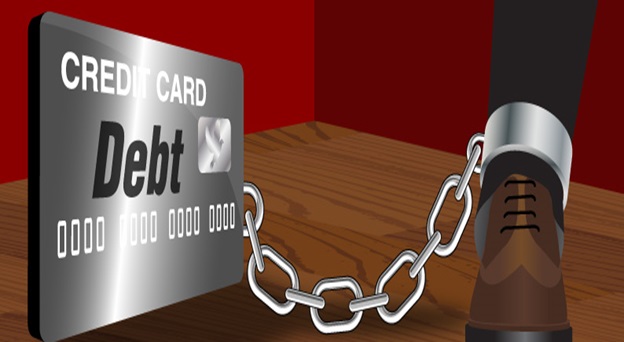Refinansiering – Tips On How To Consolidate Credit Card Debts

This is the image description
Let’s assume that you have applied for a new loan and the annual percentage rate or APR is lower than the credit card you are using, then it would be wise to consolidate your debt on this account. In this way, the unpaid bills from different transactions can go together and be summed up for a one-time payment every month. We can say that it is a good way to organize your balances in a single transaction to minimize the repayment terms and make it affordable but this does not mean that we must continue this practice if we mean to save cash.
Consolidating this type of debt also aims to help the consumer save some money on the interest and that is one benefit that you should be looking at. This strategy makes it convenient for us to pay our balances because these were combined even when spending is coming from multiple accounts so this may help borrowers with settling unpaid dues. I guess this could be an ideal way to refinance a big sum of unpaid debts but that is if the annual percentage rate or APR of the new loan is lower than that of the credit cards.
We all know that when refinancing, the cost of interest can be reduced, you can come up with a manageable payment, or the payoff duration may be shortened which is indeed interesting. You can read from https://www.kredittkortrefinansiering.com/ when you are planning to refinance expensive loans using unsecured consumer loans such as credit cards. Anyway, consolidating will always depend on different factors which include, the amount of your existing balance and your rating to name a few, while this one looks helpful as well.
Using a balance transfer card to refinance
I supposed you are already aware that ratings are important so here, you must have a good rating and it would be best to have an excellent one. So this would be 690 onwards when based on the FICO scale which means that you cannot qualify if your rating is low. Don’t forget that using this option will require you to pay a fee for the balance transfer so if that’s fine with you, then go for it.
Anyway, the introductory period comes with a 0% annual percentage rate charge since this is usually a promotion period it will end within 12-18 months and this will increase after that. It would be great when there are no annual fees collected but most lenders take 3-5% of the transferrable amount. So before dealing with this option, check if your savings will be wiped out due to the fees.

Consolidating debts through personal loans
I guess this is an ideal option if you would like equal monthly dues which means that the interest rate is fixed. But if your rating is low, getting approved for unsecured personal loans with low rates would be difficult. So try sending your application to banks, online lenders, or credit unions when consolidating credit card debts.
And then, when you are applying through a Credit Union, a membership is required even when most of these lenders belong to non-profit organizations in the country. But if you are a member, then you will have privileges, such as lower interest rates and flexible repayment terms. Those with bad scores or below 689 on the FICO scale, go here to check yours; are also given the chance to borrow funds with the same privileges.
You should know that a maximum of 18% annual percentage rate is charged by federal credit unions. I supposed you agree that borrowing from banks is even more competitive. While online lenders provide pre-qualification procedures for potential borrowers to learn about their rates, terms, and amount.
Taking advantage of home equity
If you are going to compare interest rates, home equity is lower compared to various types of personal loans. Aside from that, a good rating is not even always a requirement for a borrower to be qualified and approved of this. And then, with long-term repayment terms, monthly dues are also lower which is favorable to the debtors.
However, a few procedures must be done because it is required to appraise your home and there must be equity. With mortgages, you use this asset as your collateral so it has to be kept secured and you can do that only if no default happens and if you won’t fail to repay your dues.
When you are a homeowner, you can easily take loans through equity and this can be used in paying off debts. This loan comes in a form of a lump sum and the interest rate is also fixed and variable interest rate for a line of credit.
Considering 401(k) Plan
With this, interest rates are lower compared to unsecured loans and there won’t be an impact on your rating. However, this will lead to reduced retirement funds, penalties, or charges for not repaying. But if there is a significant drawback, you won’t only be penalized, you’ll pay taxes on the outstanding balance.
You can’t leave your job without completely paying back your debt which usually ends in 5 years. If you lose this job, then you should pay the loan immediately. By the way, a 401(k) plan can be provided by your employer for your retirement so applying for a loan from this is not advisable to prevent affecting the funds for your retirement.













